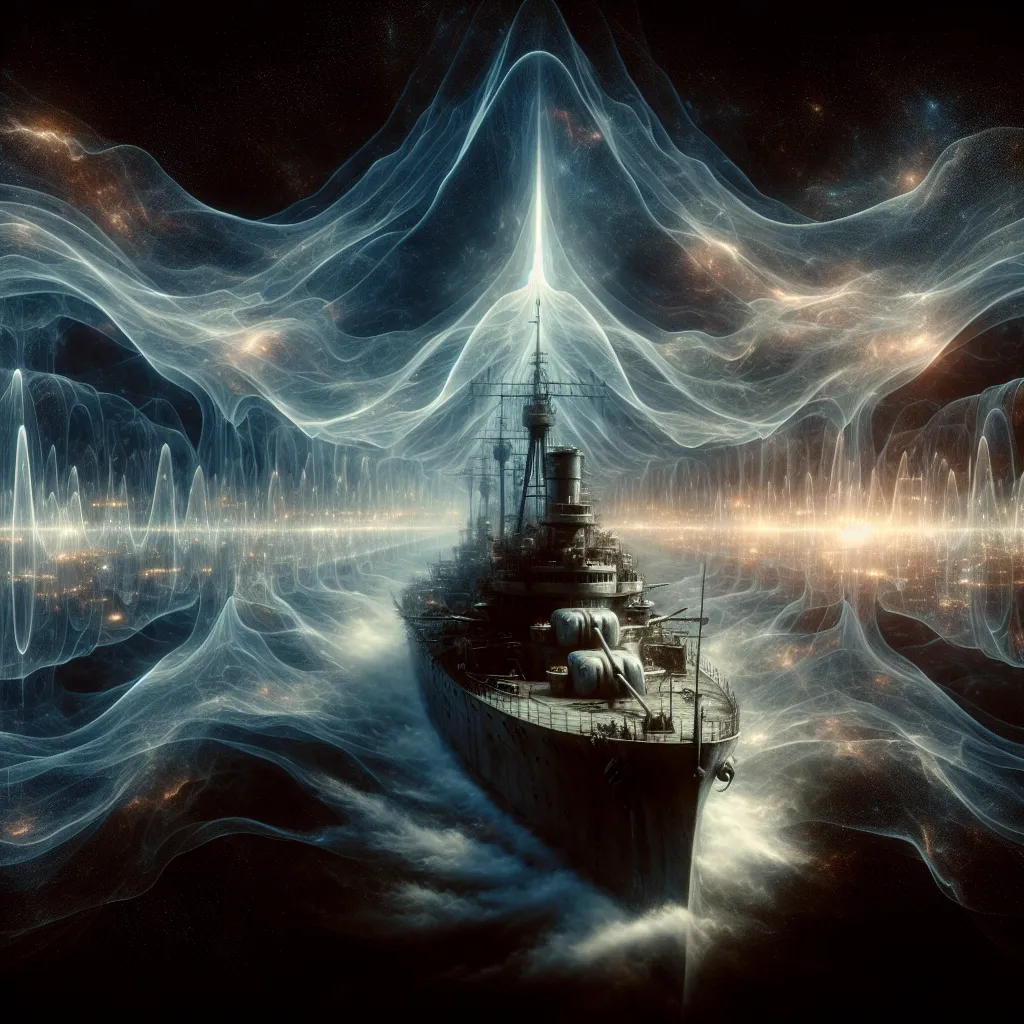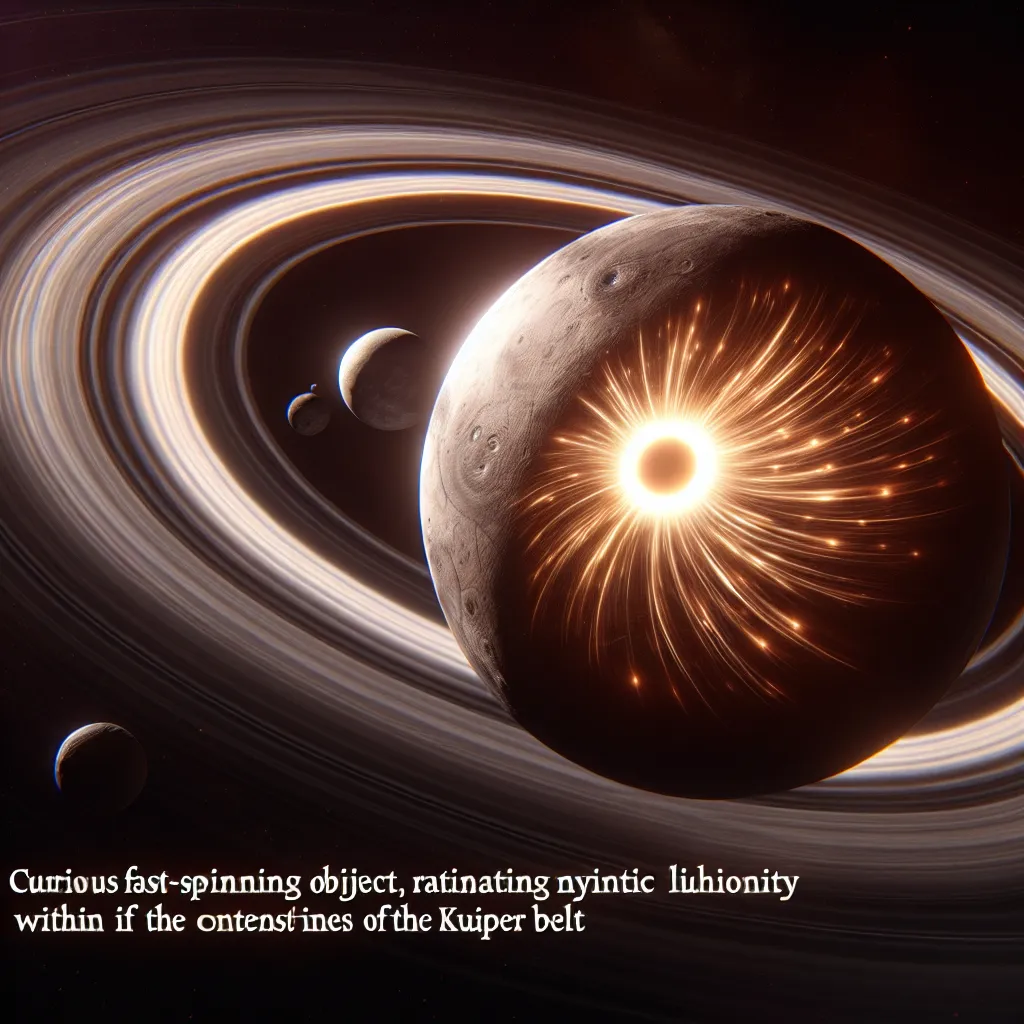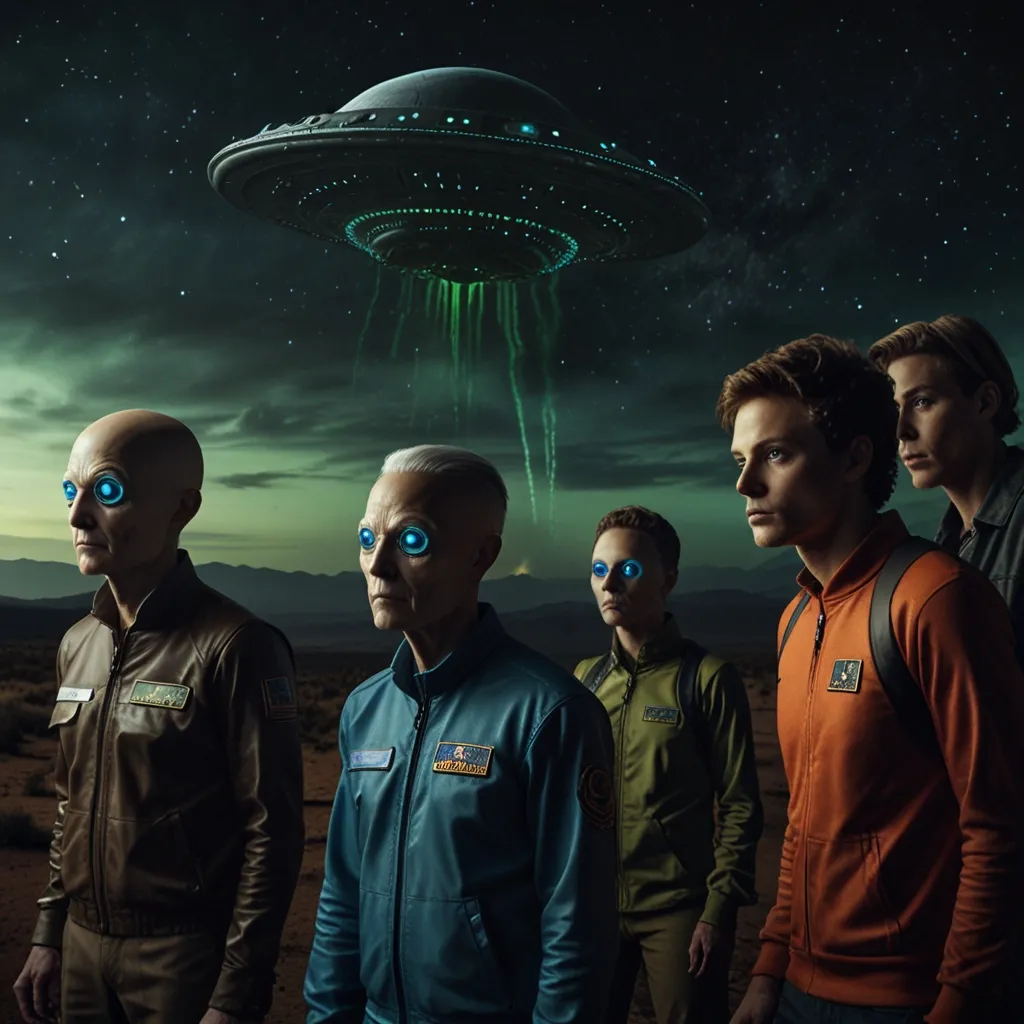World War II was a tumultuous time, full of secretive strategies and covert experiments. Among the more sinister tales is the story of the Philadelphia Experiment, a legendary event that ties into the mysterious figure of Navy engineer Ed Cameron and his supposed involvement in a project that sought to make ships invisible.
In 1943, Ed Cameron and his brother Duncan were instrumental in an ambitious attempt to turn the tide of the war using electromagnetic fields to render a ship invisible. But the experiment went horribly wrong. Instead of achieving invisibility, the ship supposedly vanished and reappeared in another location nearly 200 miles away, leaving behind a trail of chaos and destruction. Men were found fused to parts of the ship, many suffered severe radiation burns, some went insane, and others vanished altogether.
The tale takes an even stranger turn when Ed and Duncan jump off the ship only to find themselves not just displaced in space, but in time. They claim to have traveled to the future, visiting years like 2137 and 2749, encountering wastelands, futuristic utopias, and even bizarre alien worlds. Along the way, they were associated with the highly secretive Montauk Project, which supposedly involved time travel and mind control experiments that spiraled into the realm of the unbelievable.
Despite the wild nature of these claims, the story gained traction, especially when Al Bielek stepped into the limelight. Bielek claimed to be Ed Cameron, having been age-regressed and mind-wiped by the very secret projects he was part of. His story became a sensation in the UFO and conspiracy theory communities. He described intricate details of secret experiments, mind control, and even visits to different timelines and dimensions, all of which he began to recall after watching the movie “The Philadelphia Experiment”.
Bielek’s narratives parallel real governmental programs that have since been declassified, such as MKUltra, a notorious CIA mind-control program. These parallels give a chilling plausibility to his otherwise outrageous claims. Bielek’s tales, while lacking verifiable evidence, paint a complex picture of a government willing to delve into the darkest corners of scientific experimentation during wartime.
Yet, the validity of his stories remains contentious. Despite his detailed accounts and convincing presentations, skeptics point out numerous inconsistencies. Photographs claimed to be of Edward Cameron were proven to be someone else. Historical inaccuracies, such as mentioning organizations not yet formed during the time of the Philadelphia Experiment, cast further doubt.
Al Bielek’s life and narratives invite vigorous debate and investigation. His accounts, whether true or fabricated, serve as a reminder to remain vigilant about our government’s secretive activities. Historical parallels suggest that while Bielek’s story may seem outlandish, we must question and scrutinize the unknown, forever pursuing the truth behind the curtain of official secrecy.






